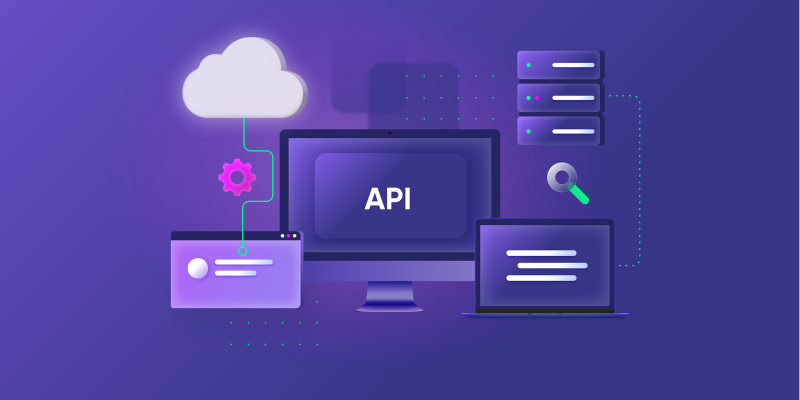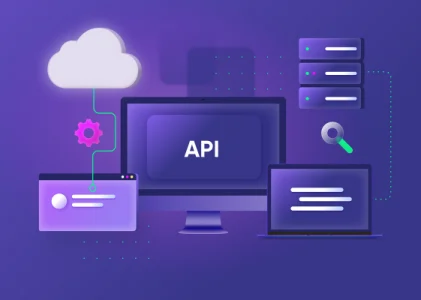Integrating APIs is crucial to building modern web applications in full-stack development. APIs (Application Programming Interfaces) allow different software systems to communicate with each other, enabling developers to access external functionalities and data. Integrating APIs in full-stack projects enhances functionality and opens doors to many possibilities. This blog post will explore how to Integrate APIs in Full Stack Projects. Enrolling in FITA Academy‘s Full Stack Developer Course in Chennai may give you valuable practical experience and expertise.
Understanding APIs
Before delving into the integration process, it’s essential to understand what APIs are and how they work. An application program interface (API) facilitates communication between two programs. It defines the methods and data formats developers should use to interact with the external system. APIs can be categorised into various types, such as RESTful APIs, SOAP APIs, and GraphQL APIs, each with its own set of protocols and specifications.
Choosing the Right API
Planning the Integration
Implementing the Backend Integration
In the backend of a full stack project, incorporating the API usually involves making HTTP requests to the API’s endpoints. This process can be facilitated by using programming languages and frameworks such as Node.js, Django, Flask, or Ruby on Rails. Developers need to handle the API responses, perform data transformation if needed, and persist the data in the application’s database. Moreover, implementing secure authentication methods, such as OAuth 2.0 or API keys, is fundamental to safeguard the API interactions. Best Full Stack Developer Course Online is essential for those looking to master these skills comprehensively.
Handling Cross-Origin Resource Sharing (CORS)
In full stack development, frontend and backend components often reside on different domains. This can lead to Cross-Origin Resource Sharing (CORS) issues when making requests to external APIs. To address this, developers can configure the backend server to include the appropriate CORS headers, enabling secure cross-origin requests from the frontend. Understanding and effectively managing CORS is vital for seamless API integration in full stack projects.
Creating Reusable API Services
Optimizing Frontend Integration
In the frontend part of the full stack project, integrating APIs involves consuming the data fetched from the backend and presenting it to the users. Frameworks like React, Angular, or Vue.js provide convenient methods for making asynchronous API calls and handling the retrieved data. Frontend developers should focus on designing responsive user interfaces that seamlessly interact with the integrated APIs, providing a smooth and intuitive experience for the end users.
Monitoring and Testing
Integrating APIs in full-stack projects is a multidimensional process that demands meticulous planning, implementation, and optimisation. By understanding the nuances of different types of APIs, choosing the right integration approach, and leveraging best practices, developers can seamlessly incorporate external functionalities into their full-stack applications. As the technological landscape continues to evolve, mastering the art of API integration is indispensable for building robust and innovative full-stack projects. Enrolling in a Training Institute in Chennai can provide valuable insights and hands-on experience in API integration and full-stack development.
Also Read: Full Stack Developer Interview Questions and Answers
Comments
0 comments

